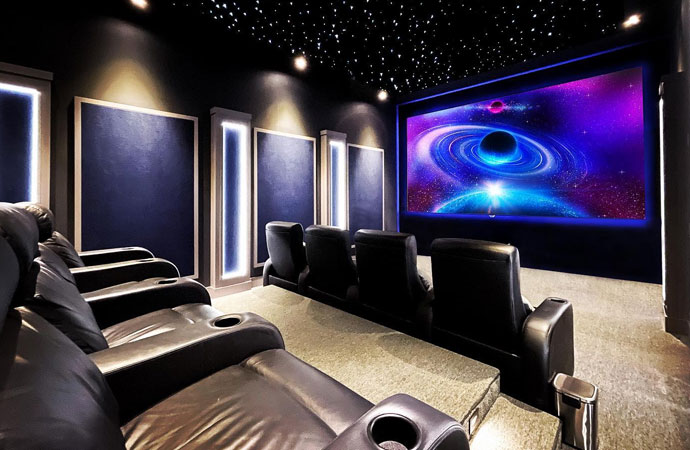Highlighting the Impact of Illumination Conditions on Movement Detection Precision and Reliability
Highlighting the Impact of Illumination Conditions on Movement Detection Precision and Reliability
Blog Article
Illumination conditions have a crucial role in how effectively we can perceive movement. Movement detection is a key component of different systems, such as security cameras, automated lighting systems, and also certain gaming applications. Comprehending how various illumination conditions influence our capacity to perceive movement can help enhance the development and efficacy of these systems. For example, poor lighting can lead to missed movements or false alarms, while optimal illumination can boost the precision of movement detection systems.
In bright lighting conditions, motion detection is typically more accurate. As there is ample light, sensors and cameras can obtain clearer images, which assists in recognizing dynamic objects. Bright conditions allow for better distinction between the moving object and the background. This differentiation is crucial for both visual viewers and mechanical systems, as it facilitates it easier to distinguish between static and moving objects in a setting. Therefore, ensuring that areas are well-lit can significantly enhance the performance of movement detection systems.
On the other hand, dim environments can present challenges for motion detection. In low-light environments, darkness can hide moving elements, making them hard to detect. Additionally, the eye struggles to perceive motion in low light, which can result in misinterpretation of the situation in the environment. Cameras may also face challenges, as many do not function well in low light without the use of infrared capabilities or other enhancements. These limitations highlight the significance of adequate lighting in settings where movement detection is critical.
Additionally, various types Recommended Site of illumination can have different impacts on movement detection. For instance, neon lights can flicker, which can confuse motion detection technologies that rely on steady light sources. On the other hand, daylight provides a consistent source of lighting that improves clarity. Comprehending these variations in lighting conditions can assist users in choosing the most appropriate lighting for specific uses, particularly in security and safety scenarios.
In summary, the connection between lighting conditions and motion detection precision is important. By making sure that environments are suitably illuminated, we can enhance the reliability of motion detection systems. This knowledge not only supports tech uses but also enhances safety and security in various settings. As further developments are made in movement detection check that systems, considering lighting conditions will remain a vital factor in enhancing effectiveness and guaranteeing that these systems work effectively in different environments.